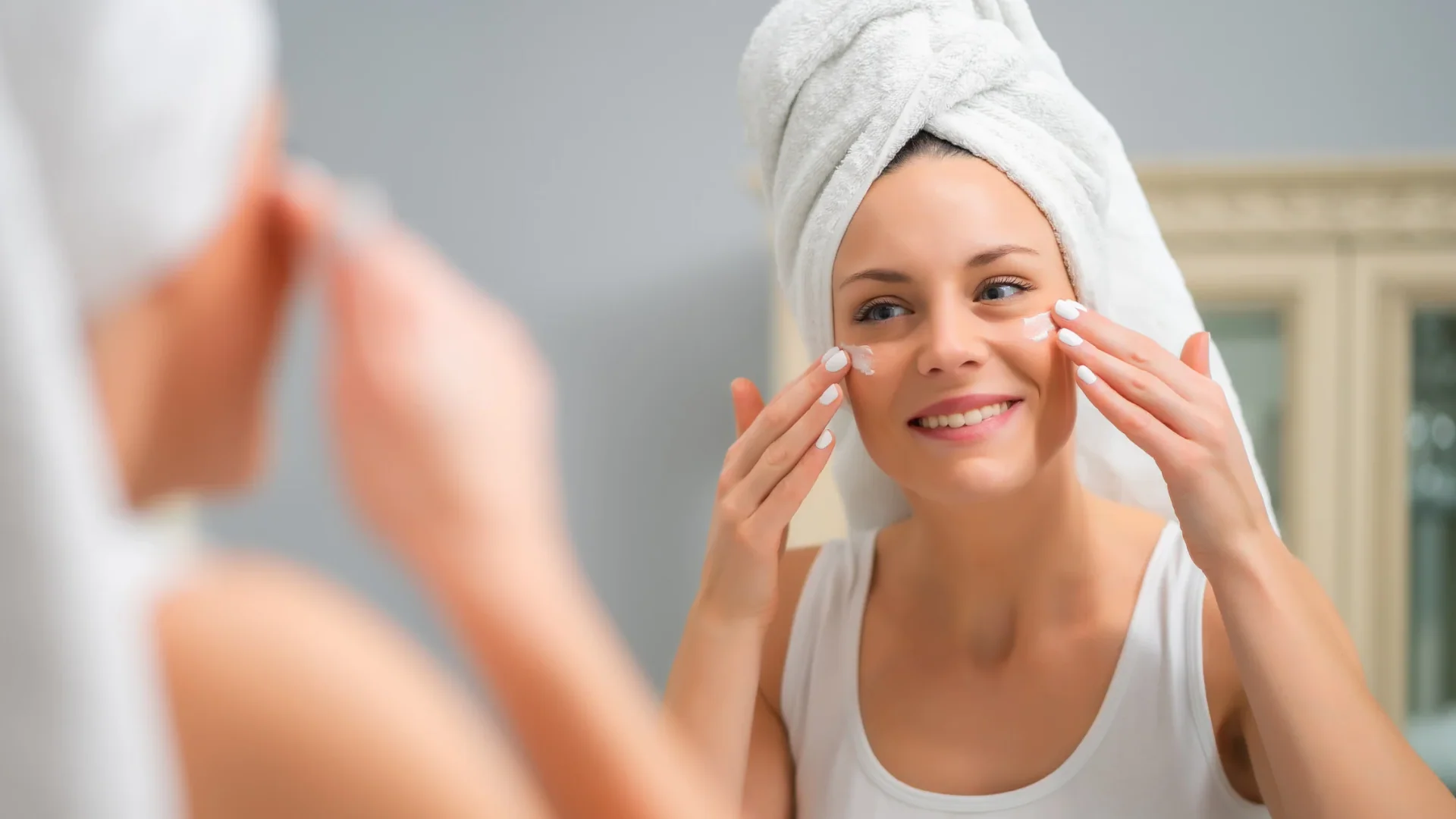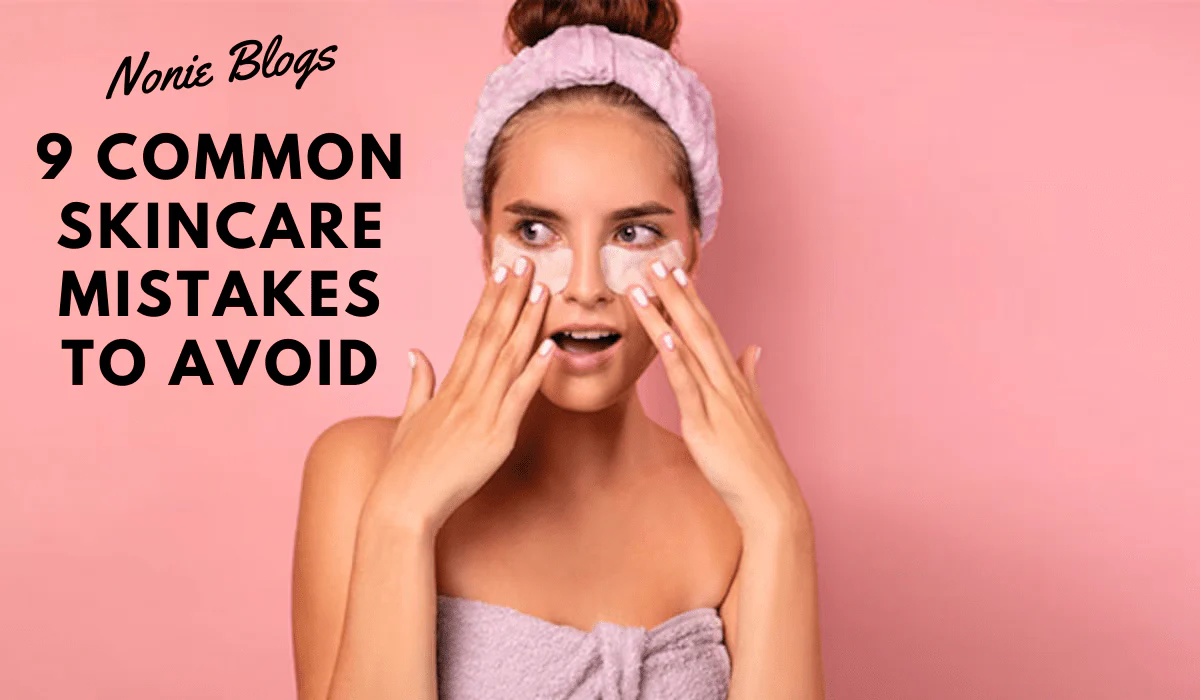Finding the right skin care routine for combination skin means balancing oily zones with dry patches without overwhelming either. For years, I struggled with a shiny T-zone and flaky cheeks, thinking I had to choose which problem to solve. This guide covers the gentle morning and evening steps that finally brought harmony to my skin, the key ingredients that nourish and control oiliness, and the common routine mistakes to avoid. Let’s get your skin radiant and balanced every day with effective 2025 skincare practices.
Morning Routine for Combination Skin
The goal for the morning is simple: protect, hydrate, and control shine. You don’t need a ten-step process. A few well-chosen products can prepare your skin for the day without feeling heavy or greasy. The focus is on creating a light, breathable barrier against environmental stressors.

Gentle Cleanser
I start my day with a mild, sulfate-free cleanser. You want something that effectively removes excess oil from the forehead and nose but doesn’t strip the moisture from your cheeks. A gel or light foaming cleanser usually does the trick. It should leave your skin feeling clean but comfortable, never tight. This step is crucial because an aggressive cleanser can send your oil glands into overdrive, making the T-zone even shinier.
Balancing Toner
After cleansing, a balancing toner is your best friend. Forget the old alcohol-heavy astringents that sting. Look for toners with hydrating ingredients like hyaluronic acid or glycerin. Some also contain very low concentrations of gentle exfoliants, like AHAs or BHAs, which help keep pores clear and balance moisture levels. A good toner preps your skin to better absorb the products that follow.
Serum Application
Next up is a lightweight serum. This is where you can really target your skin’s needs. For combination skin, a serum with antioxidants is a great choice. I personally love using a Vitamin C serum in the morning to brighten my complexion and provide extra protection against pollution. Another fantastic ingredient is niacinamide, which is a true powerhouse for regulating oil production and improving skin texture over time.
Lightweight Moisturizer & Sunscreen
The final and most important steps are moisturizing and sun protection. For a long time, I was hesitant to moisturize my oily areas, which was a big mistake. The key is finding a lightweight, non-comedogenic moisturizer. Gel or water-based formulas are perfect because they provide hydration without adding shine. They sink in quickly and don’t feel heavy under makeup.
And never, ever skip sunscreen. A broad-spectrum SPF 30 or higher is non-negotiable. Many modern sunscreens are formulated specifically for oily or combination skin, offering a matte finish that helps control shine throughout the day. This single step protects you from sun damage and premature aging.
Evening Routine for Combination Skin
Your evening routine is all about cleansing away the day, repairing skin damage, and providing deep nourishment while you sleep. This is when your skin’s renewal processes are most active, so it’s the perfect time to use targeted treatments. A consistent nighttime skincare routine can make a huge difference in your skin’s overall health.

Makeup Removal & Double Cleansing
If you wear makeup or sunscreen (which you should!), double cleansing is essential. I start with a cleansing balm or oil to melt everything away—makeup, dirt, and excess sebum. You apply it to dry skin and massage it in before adding a little water to emulsify it.
Then, I follow up with the same gentle, water-based cleanser from my morning routine. This two-step process ensures my skin is completely clean and ready for treatment products, all without being harsh. It’s a thorough yet gentle approach that respects the skin barrier.
Targeted Treatments
With clean skin, it’s time for targeted serums. This is where you can incorporate active ingredients to address specific concerns. Serums containing AHA/BHA can help with exfoliation and pore-clearing, while a hyaluronic acid serum can boost hydration.
For many with combination skin, introducing retinol a few nights a week can be transformative. It helps with cell turnover, fine lines, and texture. Just remember to start slow to allow your skin to adjust. I usually alternate between an exfoliating serum one night and a hydrating or retinol serum the next.
Moisturizing for Repair
At night, you can use a slightly richer moisturizer than in the morning. Look for a night cream that hydrates the dry areas effectively but is still non-comedogenic, so it won’t clog the pores in your T-zone. Ingredients like ceramides and squalane are excellent for repairing the skin barrier overnight. You’ll wake up with skin that feels plump and balanced.
Weekly Exfoliation & Masks
Once or twice a week, I dedicate some time to a deeper treatment. Multi-masking is a brilliant technique for combination skin. It involves applying different masks to different parts of your face at the same time. I’ll use a clay or charcoal mask on my oily T-zone to draw out impurities and a hydrating cream or gel mask on my dry cheeks. It feels like a custom facial right at home.
Key Ingredients for Combination Skin
Navigating ingredient lists can be confusing. Here are a few that are particularly effective for bringing balance to combination skin:
- Hyaluronic Acid: This is a hydration magnet. It draws moisture into the skin without adding any oil, making it perfect for hydrating both your dry patches and oily areas without clogging pores.
- Salicylic Acid (BHA): An oil-soluble exfoliant that gets deep into your pores to clear out excess sebum and prevent breakouts. It’s a great ingredient for keeping the T-zone clear.
- Lactic Acid & Glycolic Acid (AHAs): These are gentle, water-soluble exfoliants that work on the skin’s surface. They help slough off dead skin cells, revealing a brighter, more even complexion.
- Squalane: A very lightweight and stable oil that mimics your skin’s natural sebum. It provides excellent hydration without feeling greasy, making it suitable for all areas of the face.
- Niacinamide: This is an all-star ingredient. It helps regulate oil production, reduces the appearance of pores, calms redness, and improves the overall texture of your skin.
Common Skincare Mistakes to Avoid
Getting it right often means stopping what you’re doing wrong. I’ve made all of these mistakes, and fixing them was a turning point.

One of the biggest errors is over-cleansing the oily parts of your face. Using harsh, stripping cleansers feels satisfying for a moment, but it ultimately damages your skin barrier and can cause your skin to produce even more oil to compensate. It also severely irritates the drier parts of your face. Learning how to manage a skincare routine for dry skin on your cheeks is just as important as T-zone control.
Similarly, over-exfoliating is a common problem. It’s tempting to scrub away at clogged pores, but too much exfoliation leads to irritation, redness, and a compromised skin barrier. Stick to gentle exfoliation 1-3 times per week.
Using the wrong moisturizer—or skipping it altogether on oily spots—is another pitfall. Every part of your skin needs hydration. The solution is finding a balanced, non-comedogenic product that works for your entire face.
Tips for Managing Combination Skin Year-Round
Your skin’s needs can change with the seasons. What works in the humid summer might not be enough in the dry winter.
In the summer, I lean into gel-based moisturizers and cleansers. The humidity means I don’t need as much heavy hydration. In the winter, when the air is dry, I might switch to a creamier (but still non-comedogenic) moisturizer and a more hydrating cleanser to protect my cheeks from feeling tight and flaky. The key is to pay attention to how your skin feels and adjust accordingly.
How to Layer Products for Best Results
The general rule for applying skincare is to go from the thinnest texture to the thickest. This ensures that the lightweight products, like serums, can penetrate the skin effectively before you seal them in with a heavier cream.
A typical order would be:
- Cleanser
- Toner
- Serum(s)
- Moisturizer
- Sunscreen (in the morning)
When it comes to mixing active ingredients, be mindful. For example, it’s often recommended not to use Vitamin C at the same time as retinol. A simple way to incorporate both is to use Vitamin C in the morning and retinol at night. This approach allows you to get the benefits of both without overwhelming your skin.
Ultimately, managing combination skin is about creating a state of equilibrium. It’s a journey of listening to your skin and giving it the balanced care it needs. For more insights and personal stories on wellness, feel free to check out what we’re doing over at www.notonetype.org.


You may also like this
Best Skin Care Routine 2025: Step-by-Step Guide
A great skin care routine is the foundation of healthy, radiant skin. Whether you’re new...
Nov
Complete Guide to Building a Skincare Routine for Dry Skin
Dealing with dry skin can feel like a constant battle. That tight, uncomfortable feeling, the...
Nov
Skin Routine for Teens: A Simple Guide to Healthy Skin
Developing a simple, effective skin routine for teens is one of the best things you...
Nov
Best Nighttime Skincare Routine for Oily Skin in 2025
If you have oily skin, the end of the day might feel like a race...
Nov
Skincare for Over 40s: Best Routines, Products & Ingredients for Radiant Mature Skin
Hello, lovely people! Let’s talk about something that feels like it happened overnight: waking up...
Nov
Easy Tips for Healthy Skin Everyone Should Follow
Healthy skin really starts with the small things we do every day. It’s about the...
Nov